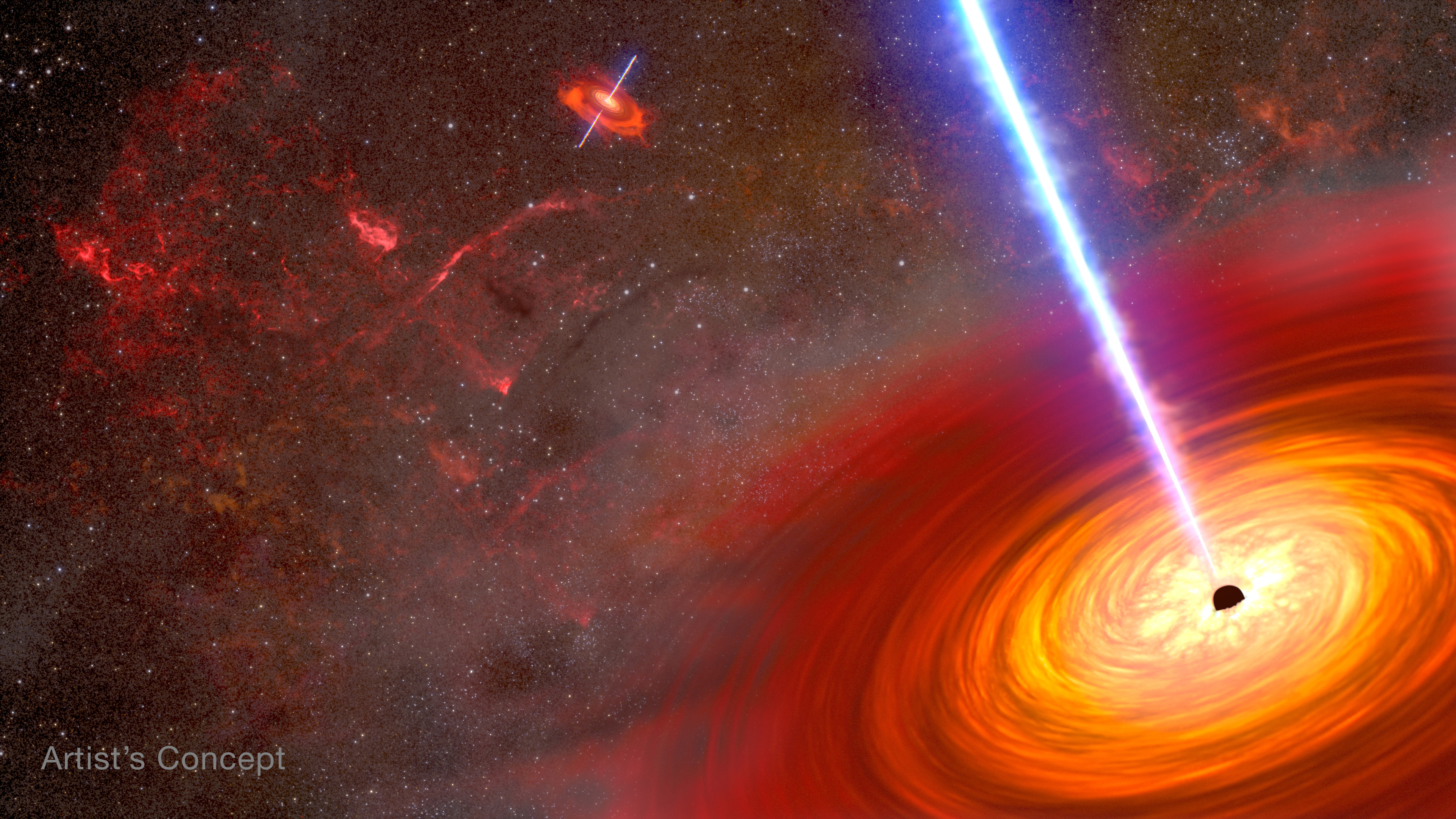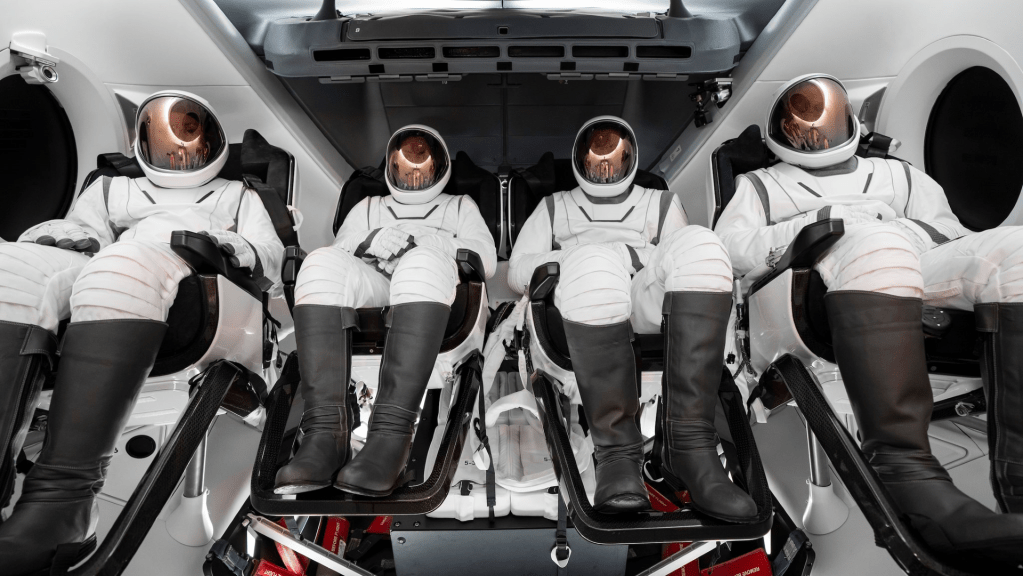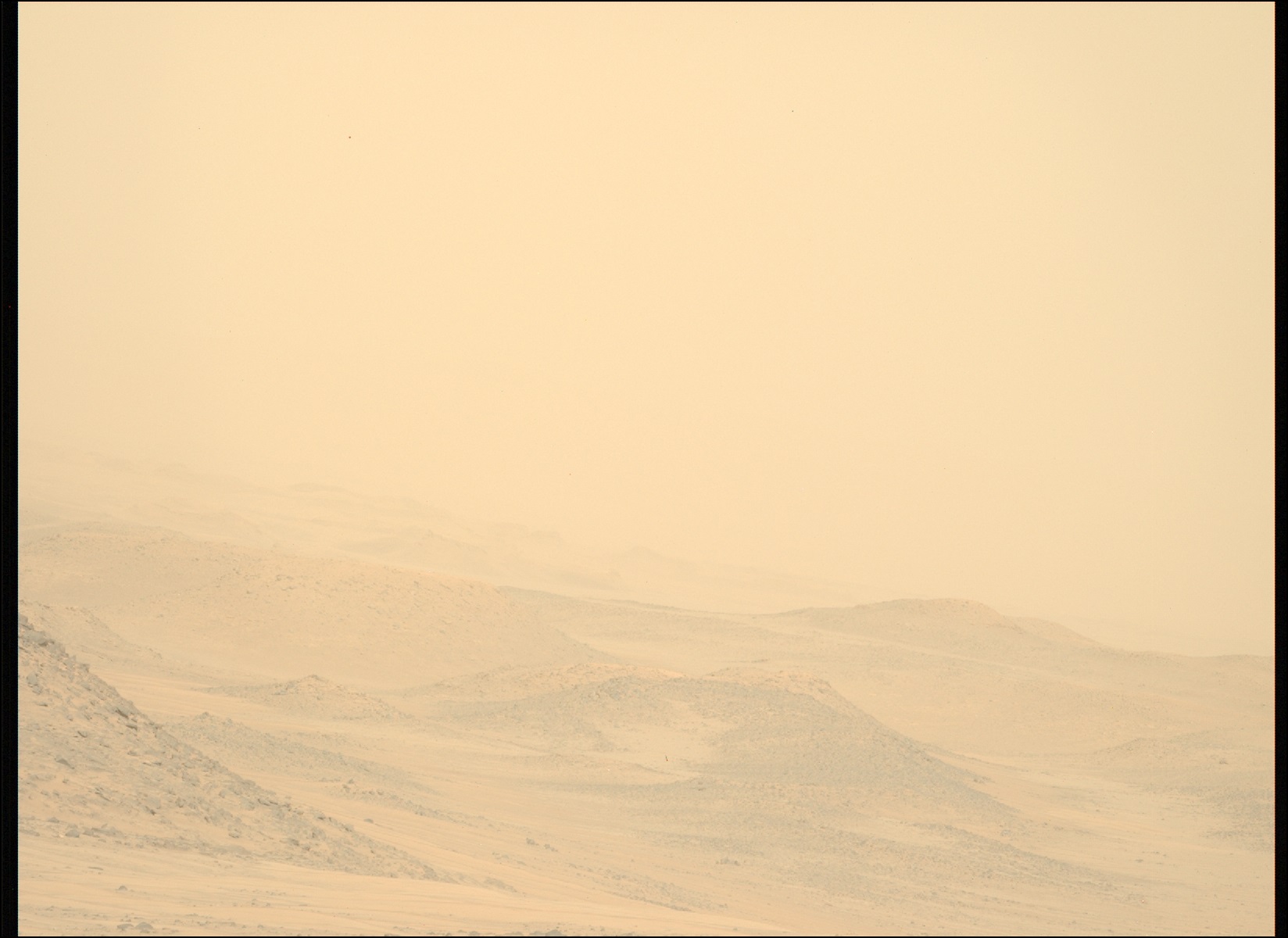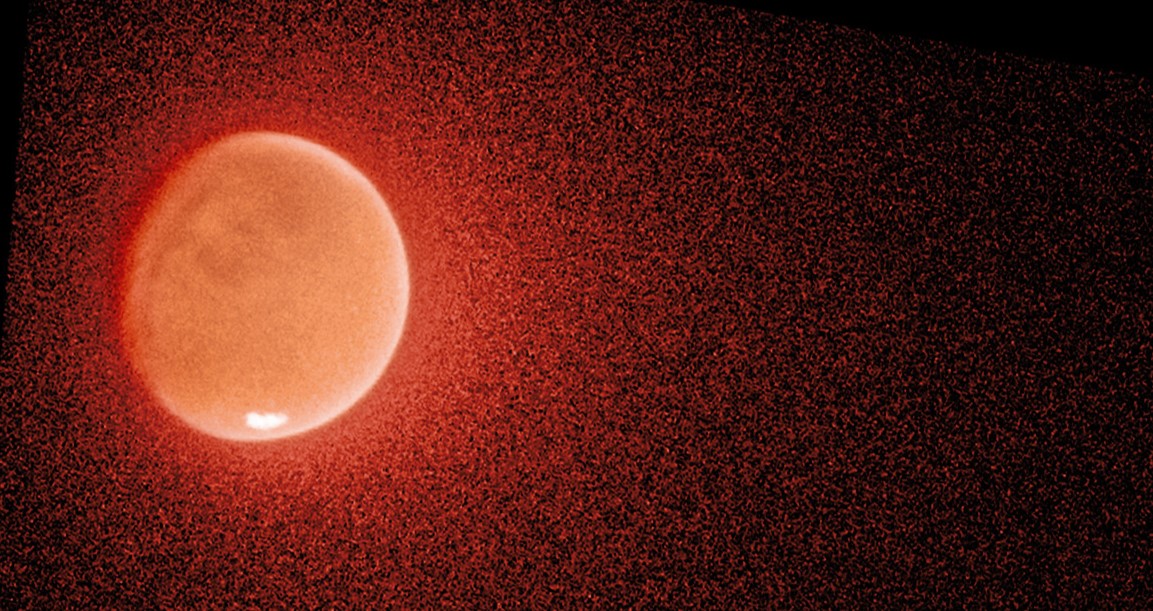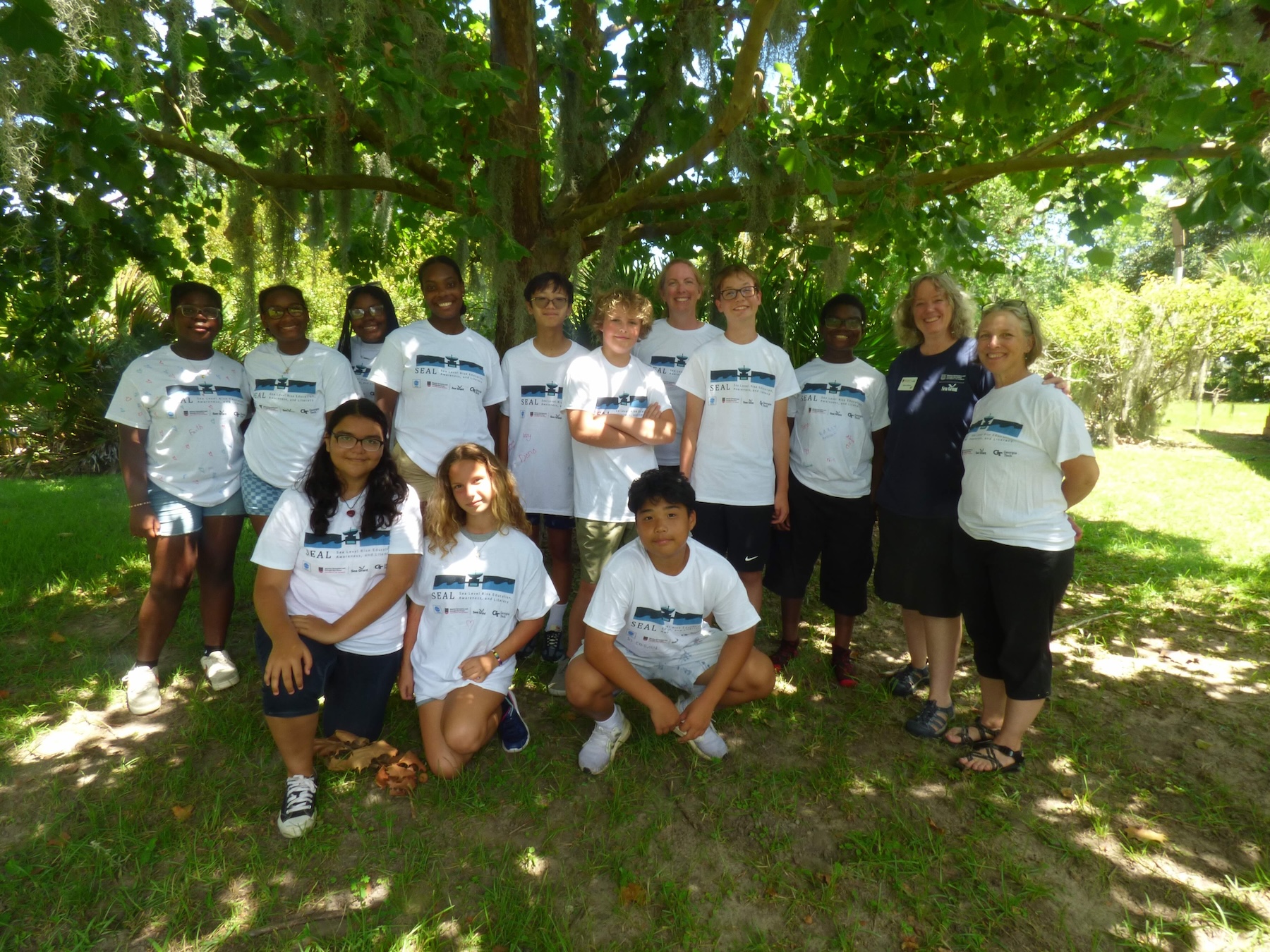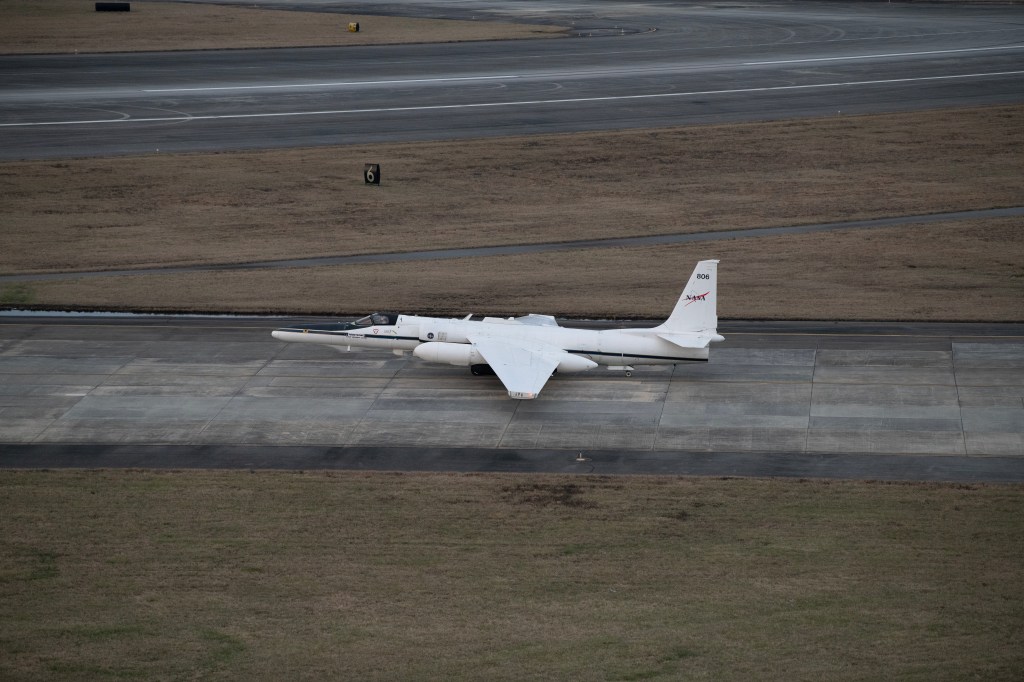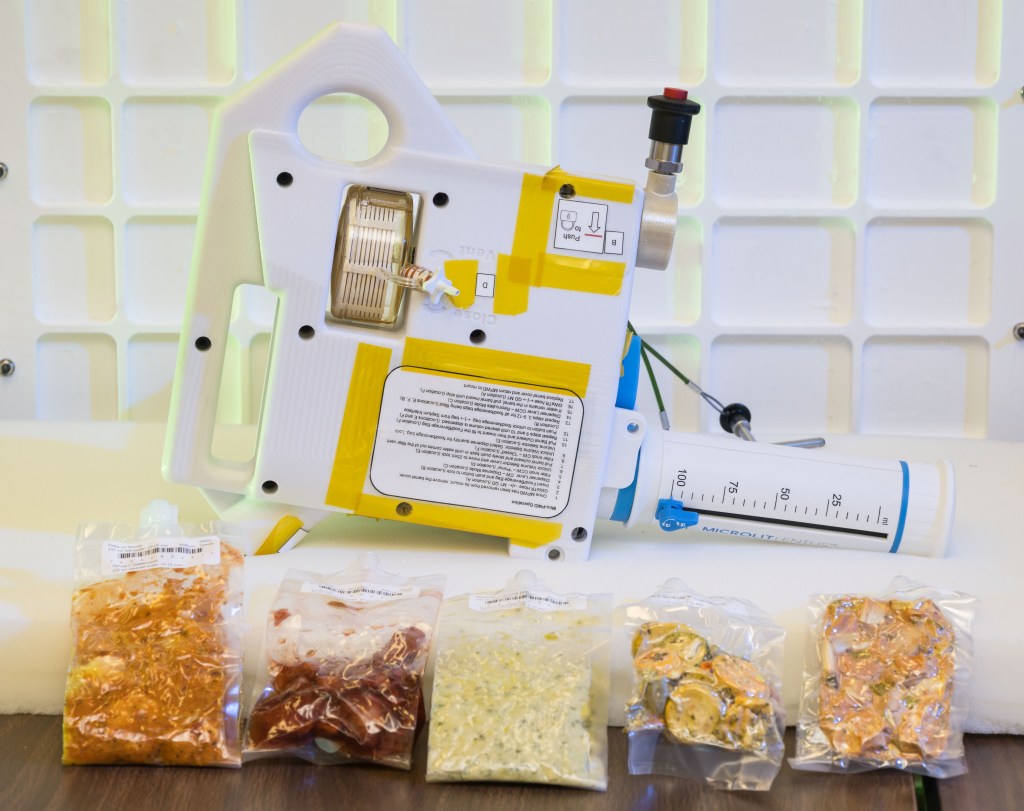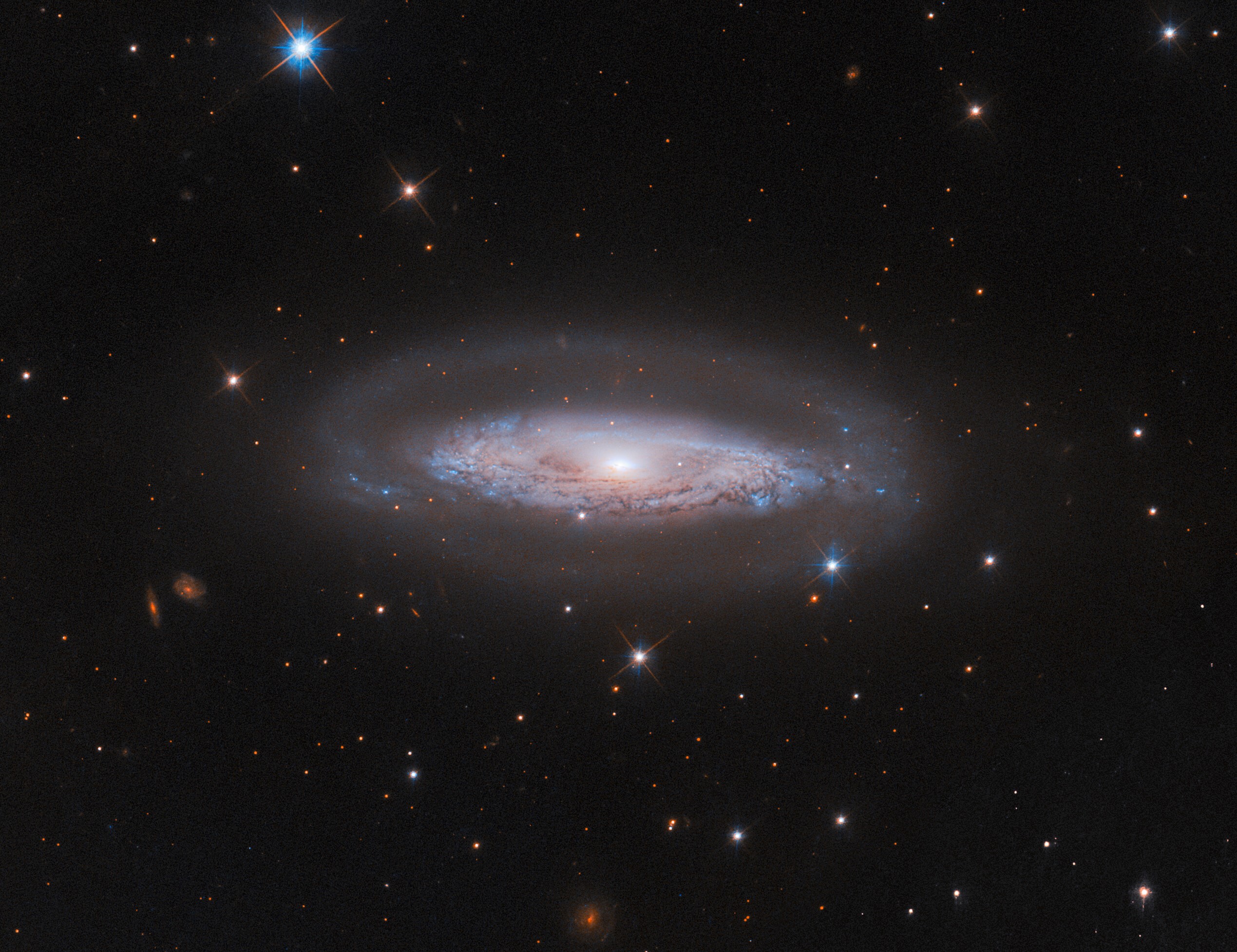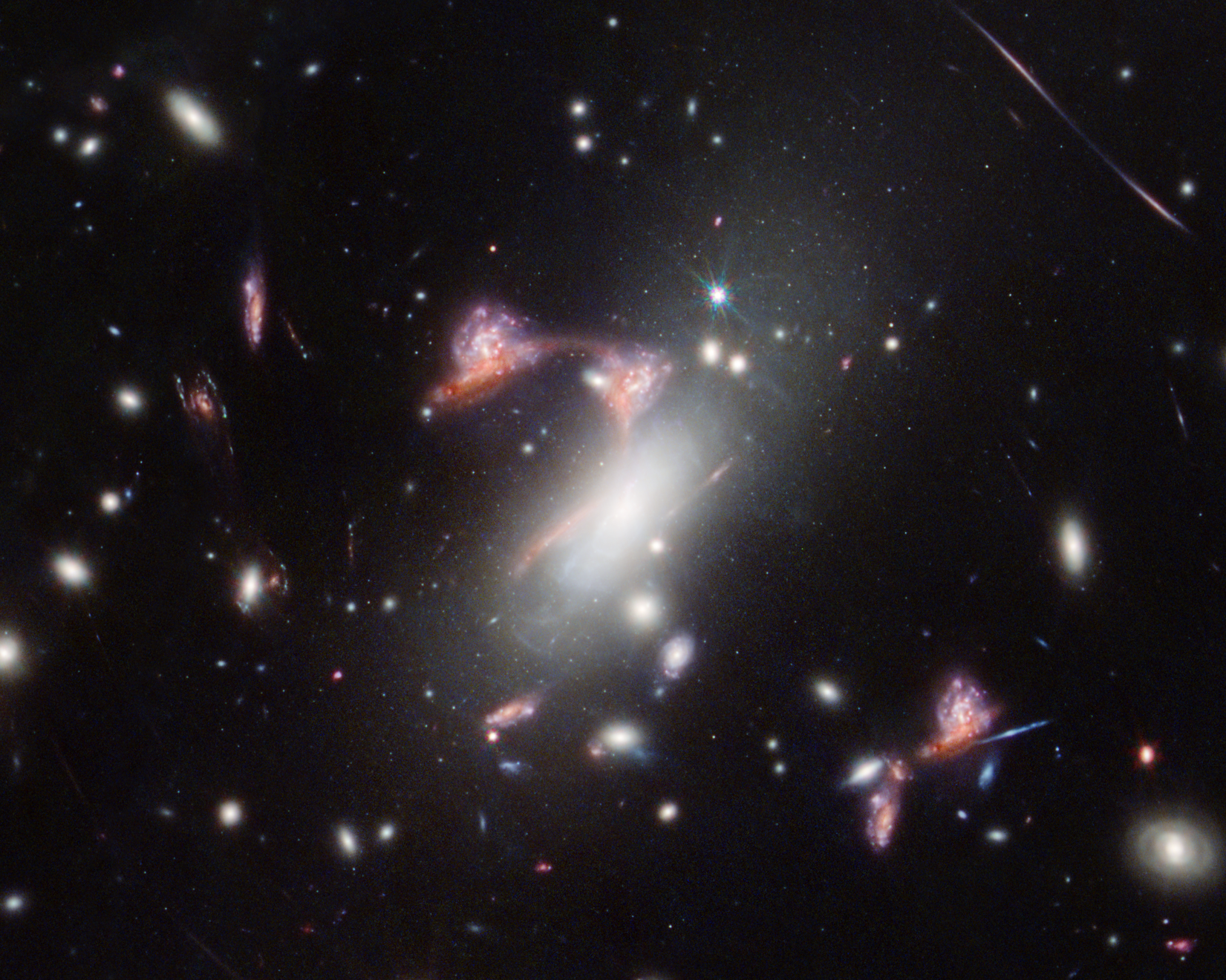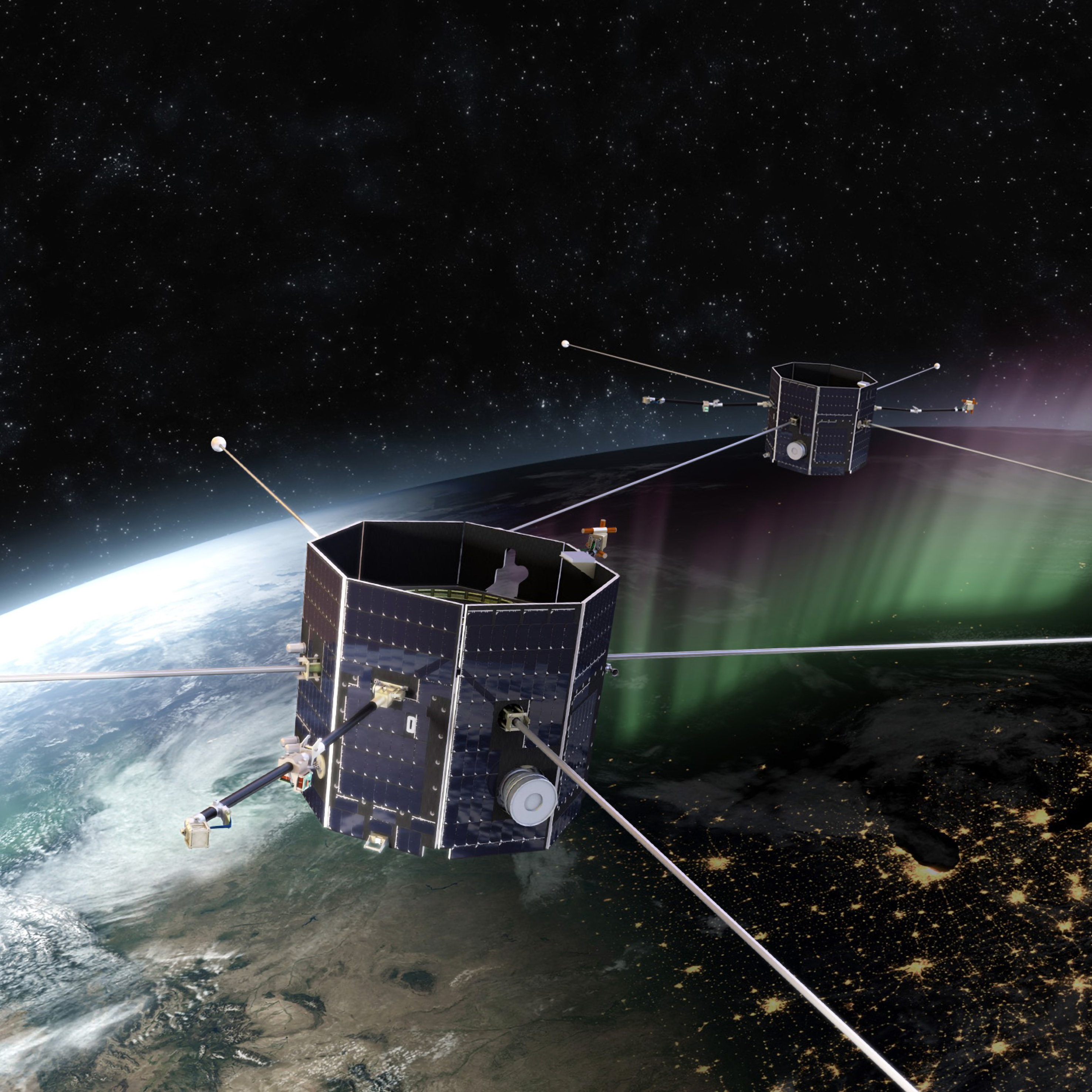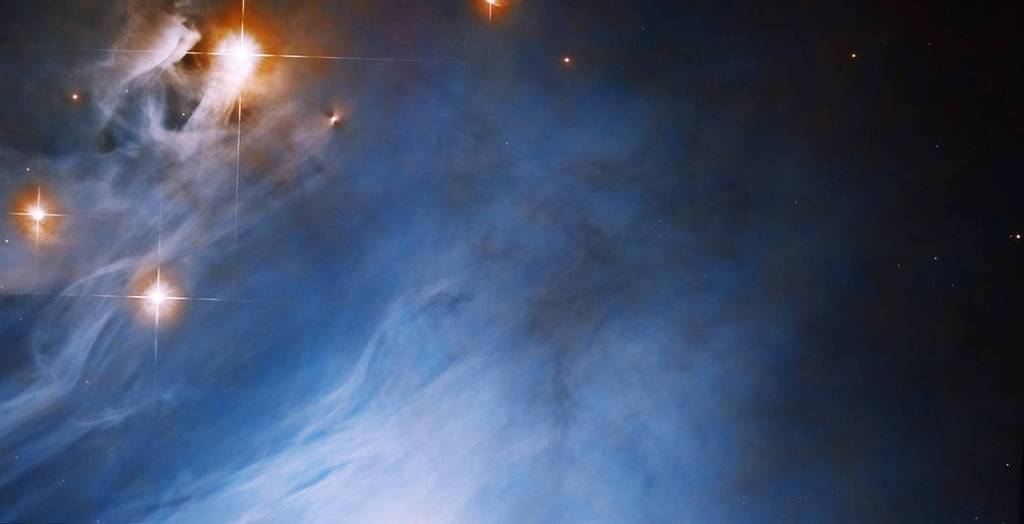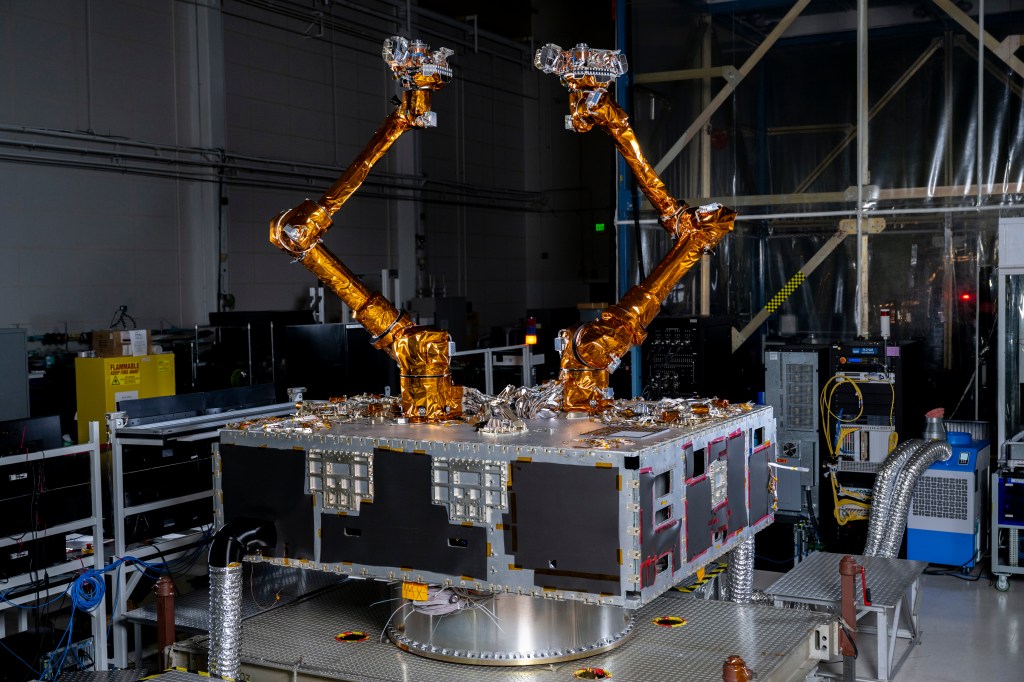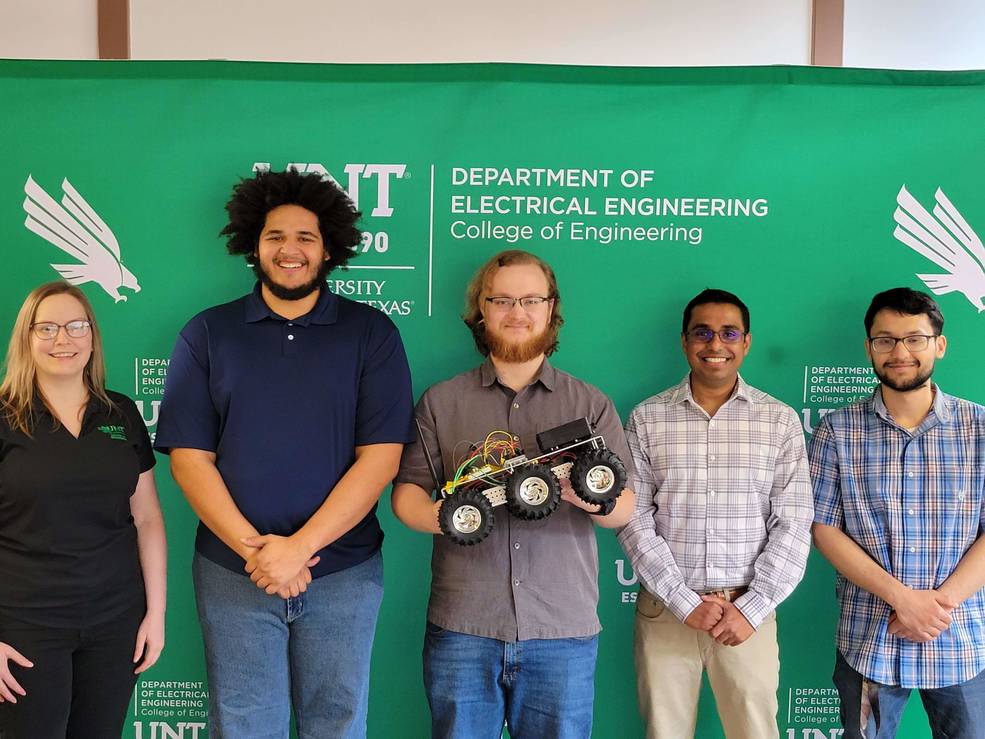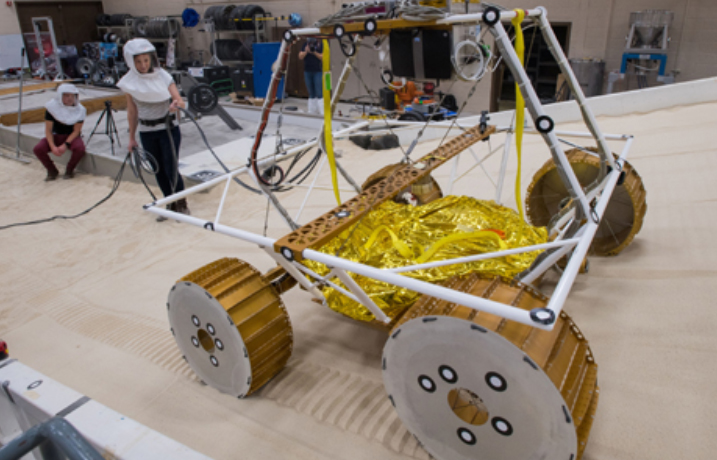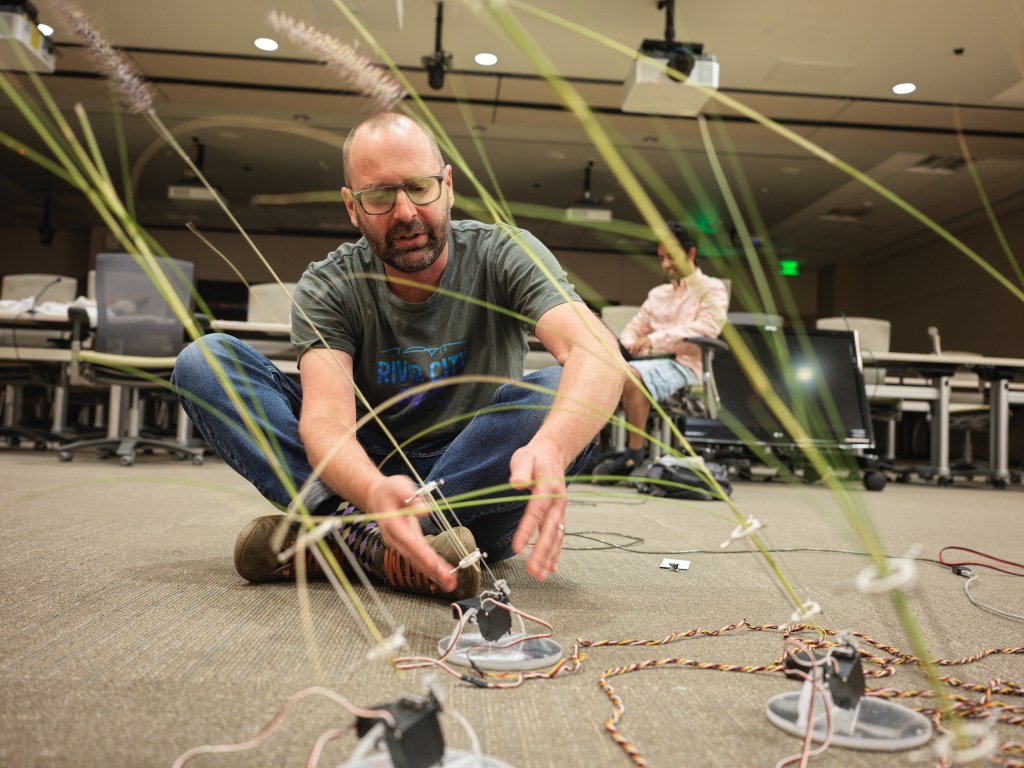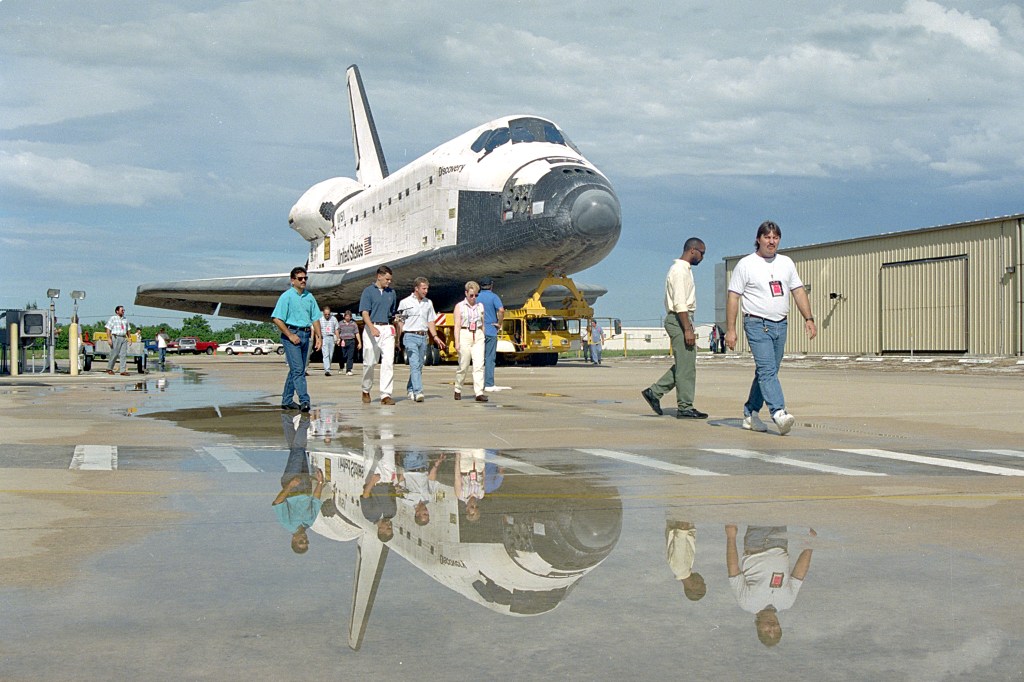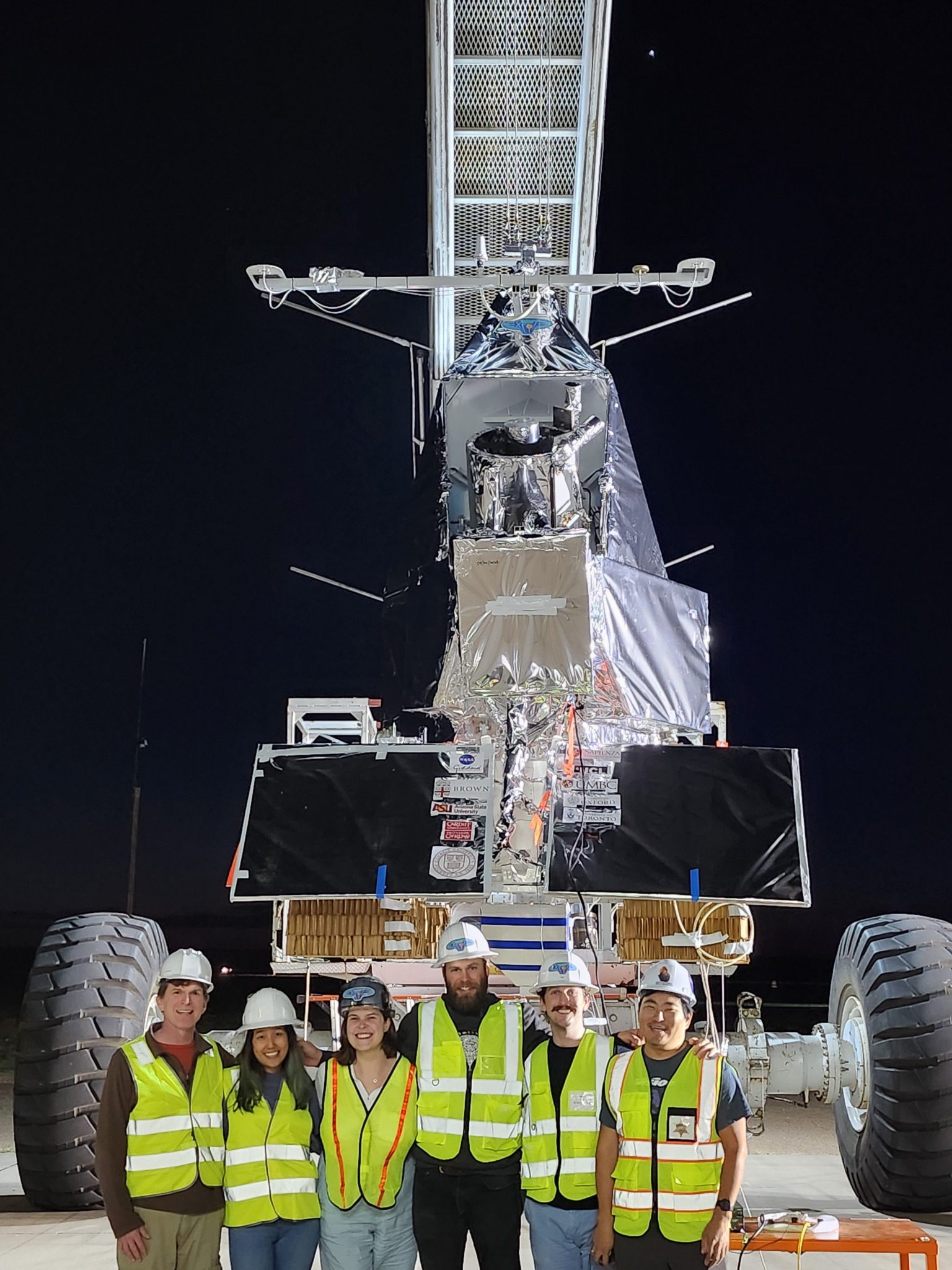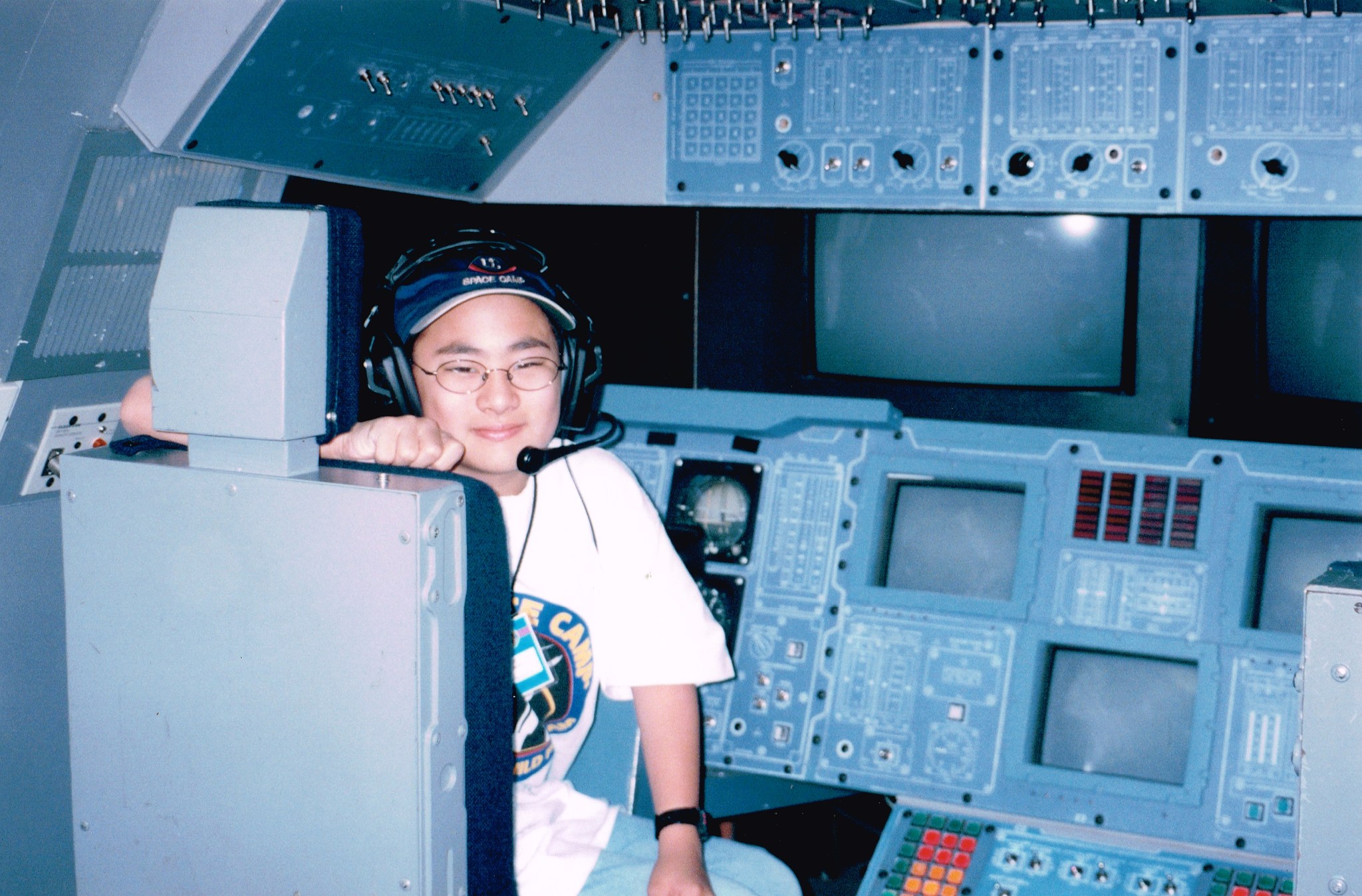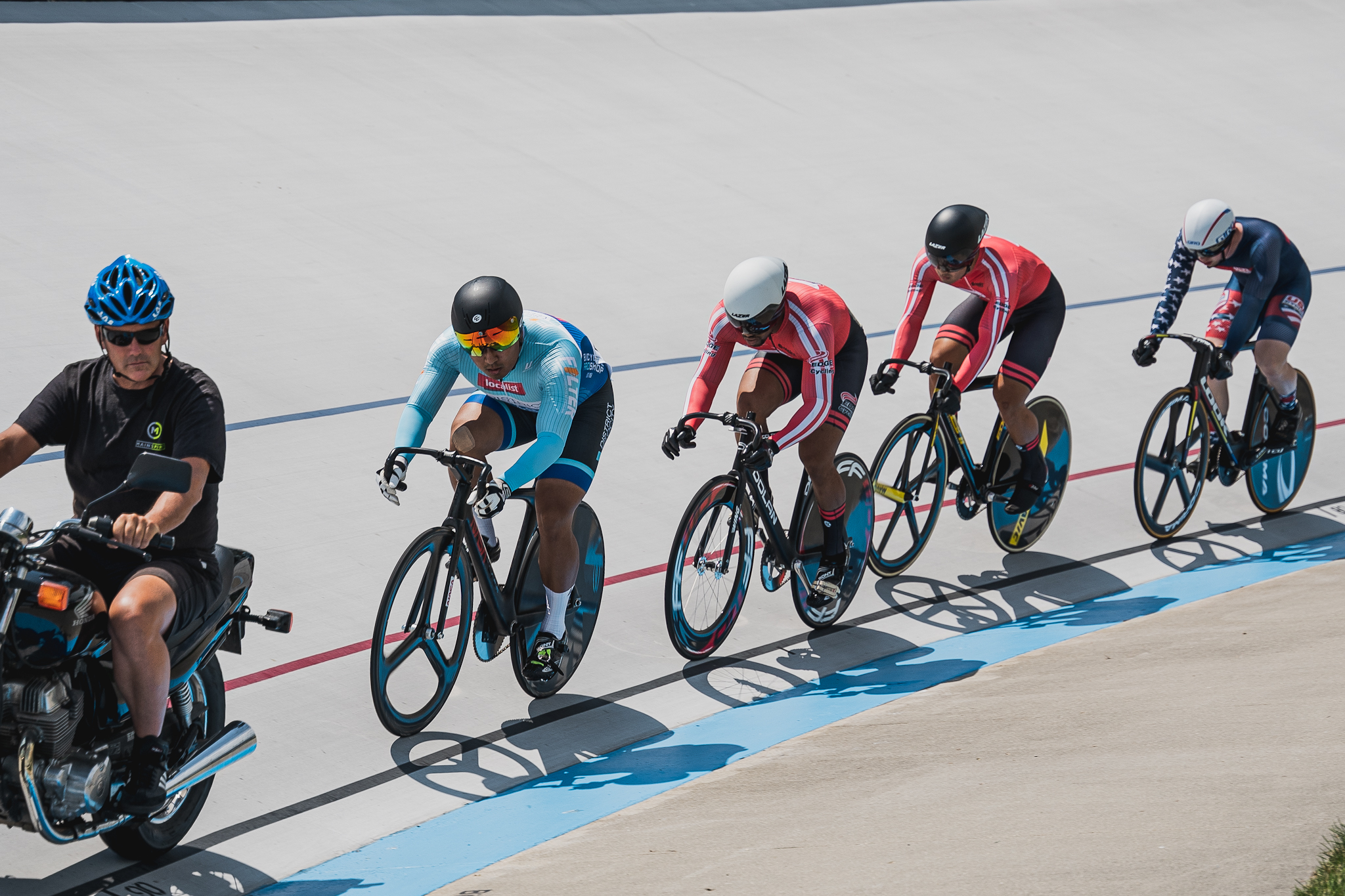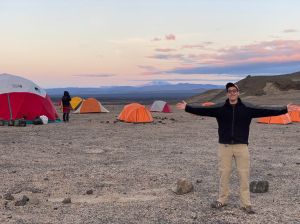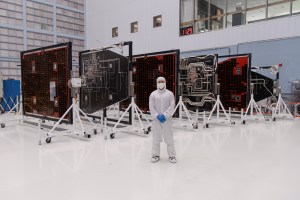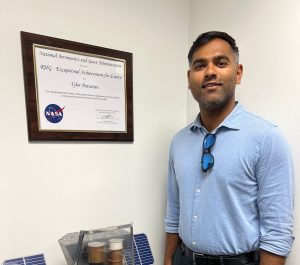Almost a decade ago, then-grad student Kyle Helson contributed to early paperwork for NASA’s EXCITE mission. As a scientist at Goddard, Helson helped make this balloon-based telescope a reality: EXCITE launched successfully on Aug. 31.
Name: Kyle Helson
Title: Assistant Research Scientist
Organization: Observational Cosmology Lab (Code 665), via UMBC and the GESTAR II cooperative agreement with NASA Goddard
How did you know you wanted to work at NASA Goddard?
When I was finishing my physics Ph.D. at Brown University in 2016, I was talking to Ed Wollack and Dave Chuss at Goddard about the NASA postdoc program, and they suggested I apply. Luckily, I got the postdoc fellowship to come here to Goddard to work on cosmic microwave background detector testing and other related research.
I don’t think I would have realized or been interested in coming here had I not had that NASA Space Technology Research Fellowship when I was in grad school and gotten the opportunity to spend some time here and work with Ed and Dave.
What is the name of your team that you’re working with right now?
One of the projects I work on is the Exoplanet Climate Infrared TELescope (EXCITE). EXCITE is a scientific balloon-borne telescope that is designed to measure the spectra of hot, Jupiter-like exoplanet atmospheres in near-infrared light.
What is your role for that?
I do a little bit of everything. During grad school, I worked on the first few iterations of the proposal for EXCITE back in 2015 and 2016.
Over the past few years here at Goddard, I’ve been responsible for parts of a lot of the different subsystems like the cryogenic receiver, the gondola, the electronics, and integration and testing of the whole payload.
Last year, we went to Fort Sumner, New Mexico, for an engineering flight. Unfortunately, we were not able to fly for weather reasons. We went back last month, and I was again part of the field deployment team. We take the whole instrument, break it down, carefully ship it all out to New Mexico, put it back together, test it, and get it ready for a flight.
What is most interesting to you about your role here at Goddard?
What I like about working on a project like EXCITE is that we get to kind of do a little bit of everything.
We’ve been able to see the experiment from concept and design to actually getting built, tested and hopefully flown and then subsequent data analysis after the flight. What I think is really fun is being able be with an experiment for the entire life cycle.
How do you help support Goddard’s mission?
We’re studying exoplanets, which definitely fits within the scientific mission of Goddard. We’re also a collaboration between Goddard other academic institutions, like Arizona State, like Brown University, Cornell, and several other places, and so we’re also members of the larger scientific research community beyond NASA.
We also have a number of graduate students working on EXCITE. Ballooning is a good platform for training students and young researchers to learn how to build and design instruments, do data analysis, etc. One of the missions of NASA and Goddard is to train early career scientists like graduate students and post docs, and balloons provide a good platform for that as well.
Balloon missions like EXCITE also provide a good platform for technology advancement and demonstration in preparation for future satellite missions.
How did you know cosmology was what you wanted to pursue?
When I was a kid, I loved space. I wanted to be an astronaut when I was a kid. I even went to space camp.
The first time I ever got to see physics was a middle-school science class. That was the first time we ever learned physics or astronomy that was deeper than just identifying planets or constellations. We started to learn how we could use math to measure or predict experiments.
When I was in college, I remember talking to my undergraduate academic adviser, Glenn Starkman, and talking about what research I might like to do over the summer between sophomore and junior year of college. I wasn’t really sure what I wanted to do or what I was interested in, and he suggested I talk to some of the professors doing astrophysics and cosmology research and see if they had space for me in their lab.
I ended up finding a great opportunity working in a research lab in college — so it was working in the physics department in Case Western.
That’s where I first started learning about computer-aided design (CAD), and designing things in CAD, and that’s where I first learned how things get made in a machine shop, like on a mill, or a lathe. These skills have come in handy ever since, because I do a lot of design work in the lab. And I was lucky growing up that my dad was really hands-on and liked to fix things and build things and he taught me a lot of those skills as well.
Who has influenced you in your life?
My dad had a big influence. I think all the different people I’ve had the opportunity to learn from and work with who have been mentors along the way. My research advisers, professor John Ruhl in college, professor Greg Tucker in grad school, and Dr. Ed Wollack as a postdoc have all been very influential. Additionally, I have had the opportunity to work with a lot of very good post docs and research scientists during my career, Dr. Asad Aboobaker, Dr. Britt Reichborn-Kjennerud, Dr. Michele Limon, among others.
Throughout a career, there are tons of other people on the way from whom you pick up little things here and there that stick with you. You look back and you realize five years later you still do this one thing a certain way because someone helped you and taught you this skill or technique.
Where is a place you’d like to travel to?
Since I was lucky enough to go to Antarctica in graduate school, I figured that is the hardest continent to travel to, so now I have a mission to go to every continent. I’ve been to North America, I’ve been to South America, I’ve been to Asia, Europe, and Australia and New Zealand, but I’ve never been to Africa.
What are your hobbies, or what do you enjoy doing?
I’m a competitive track cyclist. I started racing bikes in collegiate racing as a grad student at Brown. Many summers I’ve spent many weekends driving and flying all over the U.S. to race in the biggest track cycling events in the country.
What would be your three-word-memoir?
Curious, compassionate, cat-dad.
By Tayler Gilmore
NASA’s Goddard Space Flight Center in Greenbelt, Md
Conversations With Goddard is a collection of Q&A profiles highlighting the breadth and depth of NASA’s Goddard Space Flight Center’s talented and diverse workforce. The Conversations have been published twice a month on average since May 2011. Read past editions on Goddard’s “Our People” webpage.

